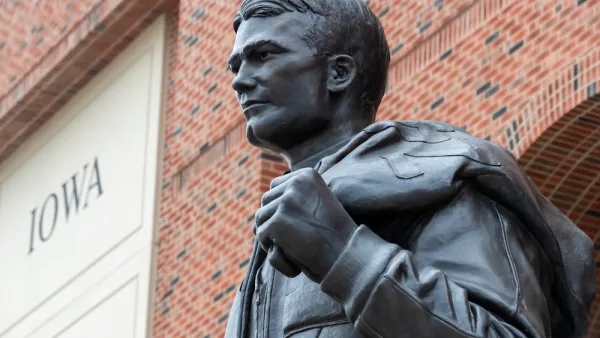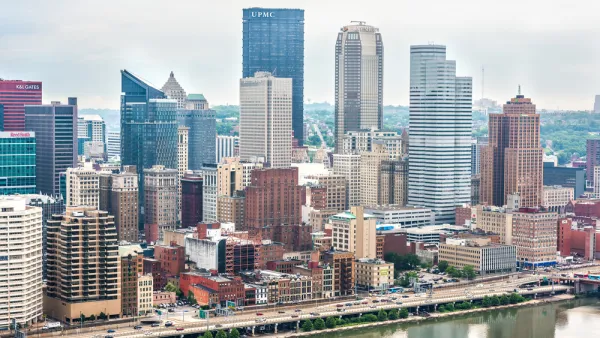This article from Governing looks at the role of higher education and medical facilities in keeping urban areas alive.
"In an era when technological know-how and innovation have become prime economic drivers, 'eds and meds' have become indispensable anchors of urban growth. 'In many respects,' a report by CEOs for Cities and the Initiative for a Competitive Inner City commented a few years ago, 'the bell towers of academic institutions have replaced smokestacks as the drivers of the American urban economy.'"
"Yet until relatively recently, most universities and the cities surrounding them went about their business without taking full stock of what each meant to the other. Many local and state government leaders, notes Temple University political scientist Carolyn Adams, "don't see these institutions as having an economic development function much beyond employment and land development." For their part, hospitals and academic institutions aren't accustomed to thinking of themselves as de facto economic bigwigs or pondering the responsibilities that go along with that status; for many, the prevailing attitude toward the communities that host them has essentially been, 'You should just thank your lucky stars we're here.'"
"And to a degree, of course, they're right. A 1999 Brookings Institution report by University of Pennsylvania historian Ira Harkavy and Harmon Zuckerman - now the chief planner for Douglas County, Nevada - found that in the 20 largest U.S. cities, "eds and meds" accounted for 35 percent of the workforce employed by the top 10 private employers; in many cities, a university or medical system was the largest private employer, and in four of them - Washington D.C., Philadelphia, San Diego and Baltimore - medical systems and universities generated more than half the jobs among the 10 largest private employers."
FULL STORY: Eds, Meds and Urban Revival

National Parks Layoffs Will Cause Communities to Lose Billions
Thousands of essential park workers were laid off this week, just before the busy spring break season.

Retro-silient?: America’s First “Eco-burb,” The Woodlands Turns 50
A master-planned community north of Houston offers lessons on green infrastructure and resilient design, but falls short of its founder’s lofty affordability and walkability goals.

Delivering for America Plan Will Downgrade Mail Service in at Least 49.5 Percent of Zip Codes
Republican and Democrat lawmakers criticize the plan for its disproportionate negative impact on rural communities.

Test News Post 1
This is a summary

Test News Headline 46
Test for the image on the front page.

Balancing Bombs and Butterflies: How the National Guard Protects a Rare Species
The National Guard at Fort Indiantown Gap uses GIS technology and land management strategies to balance military training with conservation efforts, ensuring the survival of the rare eastern regal fritillary butterfly.
Urban Design for Planners 1: Software Tools
This six-course series explores essential urban design concepts using open source software and equips planners with the tools they need to participate fully in the urban design process.
Planning for Universal Design
Learn the tools for implementing Universal Design in planning regulations.
EMC Planning Group, Inc.
Planetizen
Planetizen
Mpact (formerly Rail~Volution)
Great Falls Development Authority, Inc.
HUDs Office of Policy Development and Research
NYU Wagner Graduate School of Public Service





























